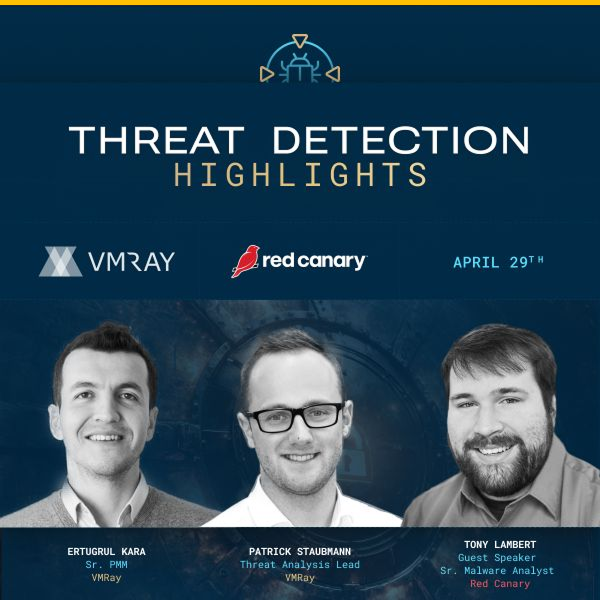Chapter 08: The impact of sandbox evasion on security automation
In the realm of cybersecurity, automation has emerged as a crucial tool in the battle against evolving threats. Security automation promises faster threat detection, improved response times, and reduced workload for analysts. However, the effectiveness of automation in security operations heavily relies on the capabilities of the underlying technologies, especially when it comes to analyzing potentially malicious files and software.
The challenge of automation
Automation is a cornerstone of modern security operations. Endpoint Detection and Response (EDR) and Extended Detection and Response (XDR) tools generate a substantial volume of alerts related to potentially malicious activities. These alerts are akin to digital red flags, signaling the possible presence of malware or other security threats within an organization’s network or systems.
In an ideal scenario, these alerts would be swiftly and accurately triaged, enabling security teams to respond promptly to emerging threats. Automation plays a pivotal role in this process, ensuring that alerts are processed at a rapid pace, leaving no room for delays.
However, this ideal scenario is often challenged when dealing with sandbox technologies, particularly older hooking or kernel-mode sandboxes. Analysis within these sandboxes can be time-consuming, sometimes taking anywhere from 5 to 10 minutes. This delay can introduce issues such as analysis timeouts, partial detonations where the analysis remains incomplete, and, even more concerning, the delivery of a benign verdict for a truly malicious file.

Stalled analysis: The price of inadequate sandboxing
When analysis stalls, it imposes a significant bottleneck on security automation. The consequences of stalled analysis are far-reaching, as these alerts must be escalated to Tier-3 analysts for manual triage. Manual triage, while essential, is a labor-intensive process that can take from one to three hours for each sample.
The impact of stalled analysis extends beyond operational inefficiency. It can result in erroneous verdicts, with malicious files being incorrectly categorized as benign. The real danger lies in the possibility of malicious software slipping through the cracks. If a piece of ransomware, for instance, is mistakenly flagged as benign and subsequently unleashed on the network, the repercussions can be devastating.
The importance of anti-sandbox evasion resistance
Anti-sandbox evasion resistance is the linchpin that determines the effectiveness of security automation. By minimizing the chances of evasion check failures through hypervisor-based monitoring, organizations can avoid submission queue stalls, misclassification of malicious samples, and the need for extensive Tier-3 manual triage when evasion does occur.
A sandbox’s resistance to evasion is paramount when evaluating it for full automation within a Security Operations Center (SOC). The ability to prevent malware from detecting a monitored sandbox environment and thus displaying its true behavior is a game-changer. When malware fails to identify the sandbox, it cannot evade detection, resulting in accurate threat assessments and reports. This scenario eliminates queue stalls, prevents benign verdicts for suspicious files, and significantly reduces reliance on manual triage.
The significance of anti-sandbox evasion resistance extends to return on investment (ROI) and total cost of ownership (TCO) considerations. It enhances the efficiency of SOC services, reduces incident response times, and aligns with organizational or client Service Level Agreements (SLAs). Speed, accuracy, and streamlined reporting further bolster the case for anti-sandbox evasion resistance, especially in automated workflows.
In summary, anti-sandbox evasion resistance isn’t just a desirable feature; it’s a strategic necessity in modern cybersecurity. In the next section, we will delve deeper into the practical implementation of anti-sandbox evasion resistance and its tangible benefits.
Looking ahead: The Report Clutter Test
In the forthcoming chapter, we will introduce another practical tool to evaluate the efficacy of a sandbox solution: the Report Clutter Test. This test serves as a litmus test for the comprehensiveness and usability of sandbox-generated reports. As we explore this vital aspect of sandbox technology, we will continue to unveil the nuances of modern cybersecurity and the tools that safeguard our digital landscapes.



